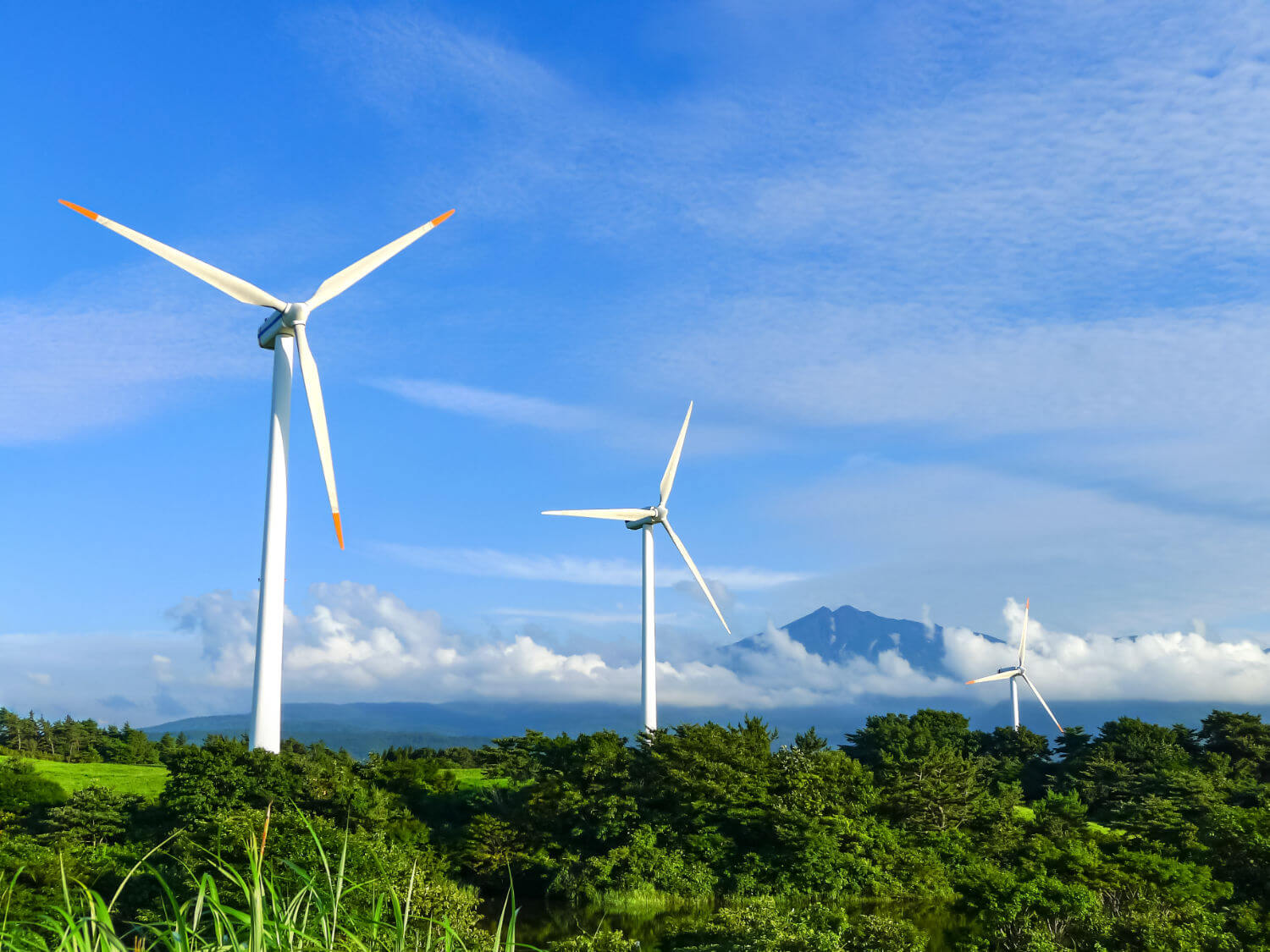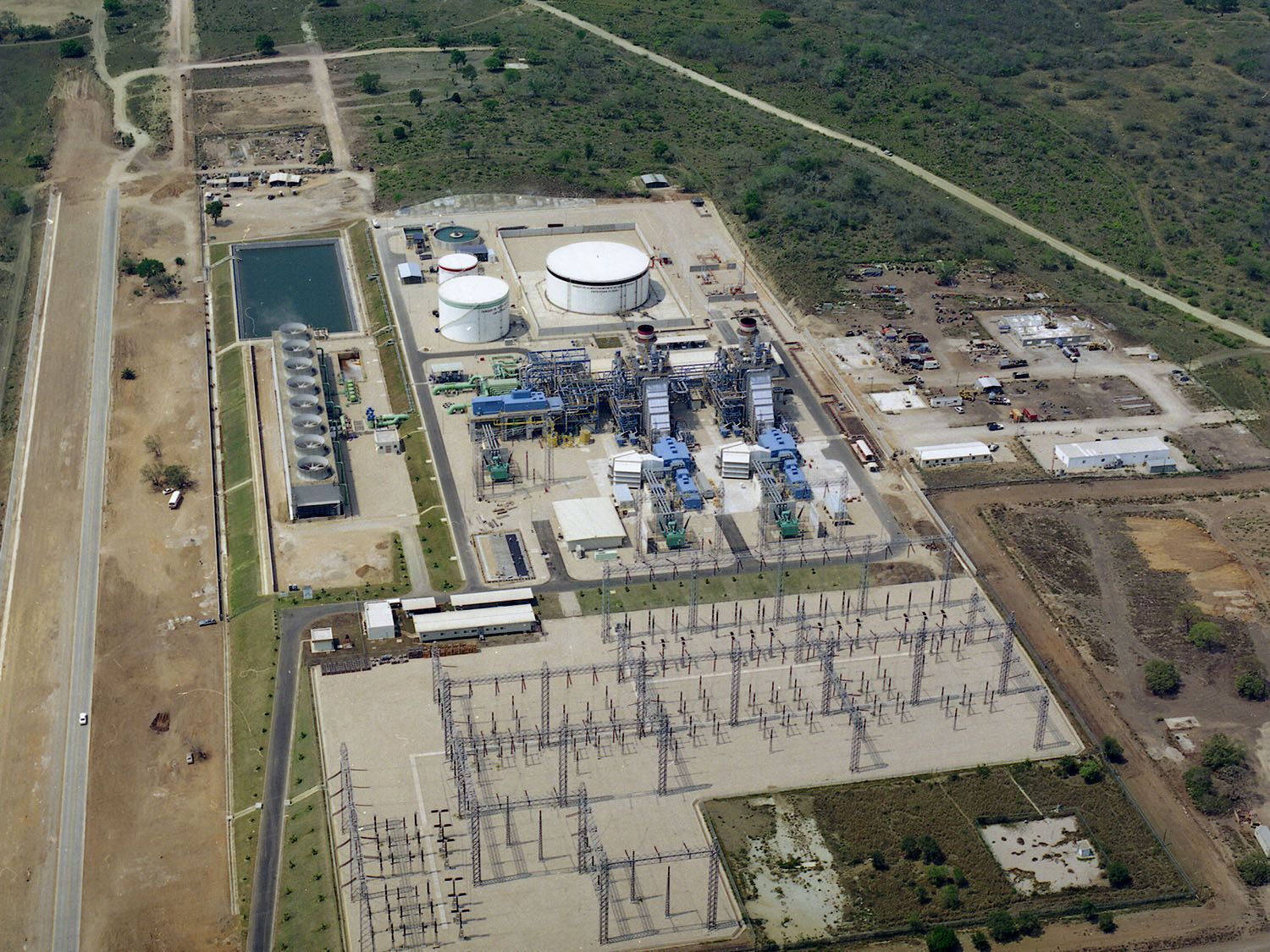Japan is seeking a leading role in Asia’s path to energy transition and in helping the region achieve more secure energy supplies. This involvement is important and based on the view that what happens in Asia will be critical to the success or otherwise of the global push towards carbon neutrality. The region is home to 55% of the world’s population and its demographics and development path place many of its countries on track to become leading economic powerhouses.
Funded by government bodies, such as the Japanese Ministry of Economy Trade and Industry (METI), and by energy producing and consuming companies, the Institute of Energy Economics of Japan (IEEJ), is uniquely well placed to support the Japanese efforts to collaborate on energy policy and initiatives across Asia. As such, the Japanese leadership in creating the Asian Zero Emission Community (AZEC) is welcome. This initiative, launched by Japan’s prime minister Fumio Kishida, promotes the objective of reducing greenhouse gas emissions in Asia while supporting sound economic growth for the region. We look forward to seeing the outcomes of discussions between Asian ministers at the AZEC meeting in early March 2023. Tokyo was also the location for the launch of the GX Week, an annual series of international conferences focused on green transformation led by METI. The latest set of conferences took place in October 2022. Importantly, Japan will use its G7 presidency this year to emphasise Asia’ priorities in their transition efforts towards decarbonisation and ensuring energy security.
Japan is one of the most advanced countries in the development of hydrogen power technology, being almost the only country in the world to have kept this option open for the past three decades. As a result, hydrogen is an important part of its energy transition plans.
A different transition path
Many different transition paths are necessary because each country has unique national circumstances. For instance, there are often some misperceptions about the extent of Asia’s commitments to decarbonise. The fact is that there are some significant differences in the availability of renewable energy between Europe (which is pushing for a faster transition) and Asia’s potential to do so that is often not well understood.
The potential, for solar power, is more limited in Asia than in Europe because of higher rainfall. Unlike Europe, which can connect to the North African market, where solar irradiance is high, it is challenging to inter-connect Asian markets. This is a particular issue where populations are dense and limiting the available land space or where they are scattered across large areas, such as the thousands of islands that make up Indonesia. Wind potential is also insufficient or unstable in many parts of Asia, where weather patterns such as typhoons disrupt supply.
Furthermore, many of the existing coal- fired fleets have only recently been built, which makes the phase-out of these plants uneconomic. As there are no pipelines to transport natural gas as an alternative fuel to coal, Asia must import LNG. While we view LNG as a vital transitional energy resource, it presents energy security issues for Asia. These issues have increased as prices have risen over the past year. It’s worth noting that because of recent decarbonisation movement in upstream developments, there may not be sufficient natural gas resources developed globally to replace all the coal capacity, even if Asia were to phase out or shelve planned coal plants.
The role of nuclear
All this means that we must consider all sources of energy and ways of decarbonising our economies to design each country’s portfolio. This includes nuclear power. In Japan, the Fukushima accident in 2011 forced reactors to stop and their safety to be re-examined to meet a new safety standard before re- starting operations. Moreover, nuclear still face public opposition because of safety concerns. The government has recently announced plans to accelerate the restart of reactors, extend the life of existing plants and build new ones as it sets out to reach a 20%-22% target for nuclear power by 2030 then go forward to achieve carbon neutrality target by 2050. Technologies such as light water and high temperature reactors as well as small modular reactors are likely to be considered for new projects.
Capital will clearly be needed to support a new and upgraded transmission infrastructure to meet an increasing demand with new renewable projects and expanded capacity.
Hydrogen’s potential
Japan is one of the most advanced countries in the development of hydrogen power technology, being almost the only country in the world to have kept this option open for the past three decades. As a result, hydrogen is an important part of its energy transition plans, with ambitions to establish an international hydrogen supply chain to cut production costs. This will require working with the Middle East, Australia and North America, where large quantities of hydrogen could be produced using fossil fuels and where the prospects for blue hydrogen seem promising because of the regions’ carbon sequestration capabilities. While we are still awaiting clarity around what the threshold for “blue” classification will be and how well carbon can be sequestered, we see carbon capture as playing an important role in decarbonising the hydrogen production process. Efforts are also underway to find ideal carbon capture sites in Japan, while in Indonesia and Malaysia, projects to demonstrate the technology are already underway, with a new offshore project, off the Malaysian coastline, set to become operational in 2025.
Asian countries must respond to the unique conditions they each face and keep all options open to maintain security of supply and meet rising demand.
Building technological solutions
There are other mitigation options. Ammonia, while an expensive substance, may present a low-cost solution relative to coal fleet closures – it can be added to fuel at adapted coal-fired plants and reduce carbon dioxide levels to the same as those emitted by natural gas plants. The other benefits of ammonia are that we already have the know-how to control its toxicity and there is already a market for the substance as an ingredient for fertiliser, thus creating a market for fuel ammonia can be done based on such experiences.
New technologies will also come online in the future. Japanese carmakers, for example, are investing in areas such as solid-state batteries that could achieve
greater energy density than today’s lithium- ion batteries and be faster to charge. These electric vehicles could serve as energy storage to be used by householders through vehicle-to-grid processes. Researchers at Tokyo University and a Japanese oil company are also making headway on developing artificial photosynthesis – this has the potential to be a highly efficient and cost-effective way of producing hydrogen.
The region is home to more than half of the world’s population (55%) and its demographics and development path place many of its countries on track to become leading economic powerhouses.
Areas for investment
The need for energy decarbonisation and the rise in demand for power across Asia present significant investment opportunity. Capital will clearly be needed to support a new and upgraded transmission infrastructure to meet an increasing demand with new renewable projects and expanded capacity. Energy efficiency measures and optimising existing assets is another key area – for example by connecting small-scale solar projects to create virtual power plants and by reducing the carbon emissions of coal-fired and gas plants.
Deployed carefully, this investment can also ensure a just transition for Asian populations, particularly as many countries in the region are emerging economies that rely on development to solve social problems. Even in more developed economies, such as Japan, new energy systems can improve the lives of its people. An ancillary social benefit of creating closed energy systems in rural communities would be to bring back populations and economic activity. The pandemic has taught us that many people can work remotely, and this insight is allowing adult children to return to areas where their parents live to rebuild vibrant, rural communities.
As Asia’s role in the global economy continues to strengthen, its energy needs will only grow. The region is making rapid progress in the move towards decarbonising its power sources, but
the growing countries of the region also need to address the decarbonisation challenge in the non-power sectors, such as manufacturing and transport. Asian countries must respond to the unique conditions they each face and keep all options open to maintain security of supply and meet rising demand. We will continue to work with our Institute members to increase collaboration between nations and support ingenuity and innovation to help smooth the paths for Asia’s energy transition journey.
For more information on IEEJ’s thinking and research on global and Asian energy trends, please see https://eneken.ieej.or.jp/data/8122.pdf







